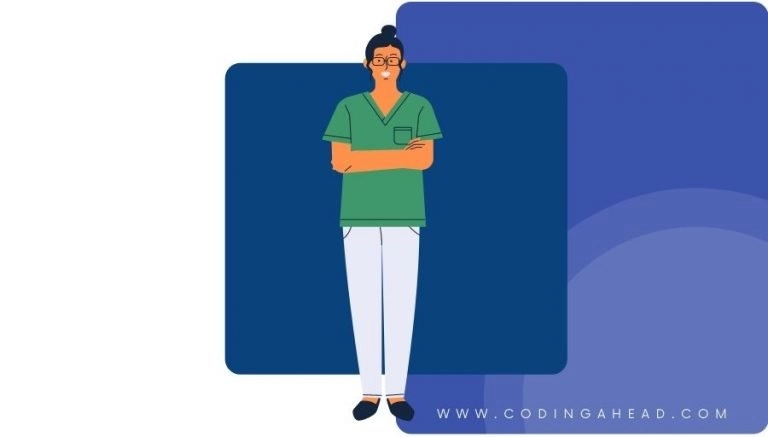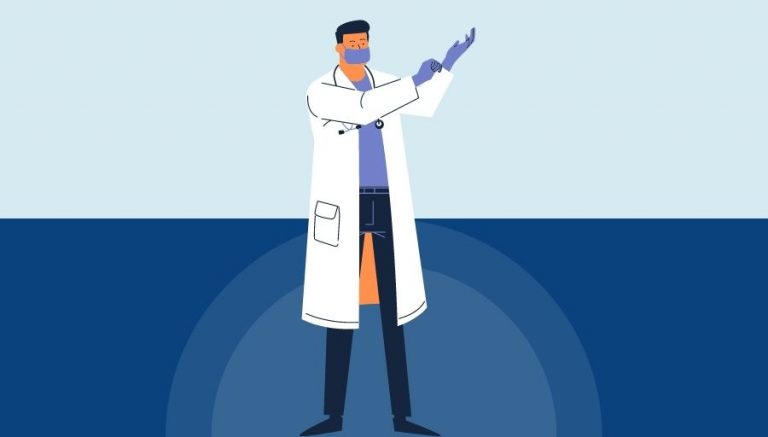How To Use CPT Code 95867
CPT 95867 describes the procedure of needle electromyography for cranial nerve supplied muscles on one side of the body. This article will cover the official description, procedure, qualifying circumstances, appropriate usage, documentation requirements, billing guidelines, historical information, similar codes and billing examples.
1. What is CPT Code 95867?
CPT 95867 can be used to describe the procedure of needle electromyography for cranial nerve supplied muscles on one side of the body. This code is used when a provider inserts a needle electrode into the muscle or muscles controlled by the cranial nerve and records the electrical activity of the muscle at rest and during contractions. The provider uses a computer and loudspeaker to convert the electrical activity into waveforms and audible sounds, respectively.
2. Official Description
The official description of CPT code 95867 is: ‘Needle electromyography; cranial nerve supplied muscle(s), unilateral.’
3. Procedure
- The provider sterilizes the specific area of the muscle.
- A needle electrode is inserted through the skin into the muscle or muscles controlled by the cranial nerve on one side of the body.
- The provider monitors the electrical activity of the muscle at rest and during contractions.
- The electrode is connected to a computer, which displays the response shown by the muscles.
- The provider can also hear the electrical activity through a loudspeaker connected to the computer.
4. Qualifying circumstances
CPT 95867 is performed on patients who require evaluation of the electrical activity of cranial nerve supplied muscles on one side of the body. The procedure is typically used to assess the function of the cranial nerves and their corresponding muscles. It is important to note that this code is specific to unilateral needle electromyography.
5. When to use CPT code 95867
CPT code 95867 should be used when a provider performs needle electromyography on cranial nerve supplied muscles on one side of the body. It is important to ensure that no nerve conduction study is performed on the same day as electromyography. If a nerve conduction study is performed, a different set of codes should be used. Modifier 26 should be appended to the code when reporting only the professional component, and modifier TC should be appended when reporting only the technical component.
6. Documentation requirements
To support a claim for CPT 95867, the provider must document the following information:
- Specific muscles evaluated and their corresponding cranial nerves
- Date of the procedure
- Start and end time of the procedure
- Electrical activity observed at rest and during contractions
- Any abnormal findings or observations
- Signature of the provider performing the procedure
7. Billing guidelines
When billing for CPT 95867, ensure that the procedure is performed on cranial nerve supplied muscles on one side of the body. Do not report this code if a nerve conduction study is performed on the same day. Modifier 26 should be appended to the code when reporting only the professional component, and modifier TC should be appended when reporting only the technical component. If both components are provided by the same provider, no modifier is necessary.
8. Historical information
CPT 95867 was added to the Current Procedural Terminology system on January 1, 1990. The code has not undergone any updates since its addition.
9. Examples
- A provider performs needle electromyography on the facial muscles of a patient with Bell’s palsy to assess the function of the facial nerve.
- A neurologist conducts needle electromyography on the tongue muscles of a patient with suspected hypoglossal nerve dysfunction.
- An otolaryngologist performs needle electromyography on the vocal cord muscles of a patient with voice hoarseness to evaluate the function of the recurrent laryngeal nerve.
- A neurosurgeon conducts needle electromyography on the extraocular muscles of a patient with double vision to assess the function of the cranial nerves responsible for eye movement.
- A rehabilitation specialist performs needle electromyography on the muscles of the tongue and jaw of a patient with difficulty swallowing to evaluate the function of the cranial nerves involved in swallowing.
- A provider conducts needle electromyography on the muscles of the face and jaw of a patient with facial twitching to assess the function of the trigeminal nerve.
- An ENT specialist performs needle electromyography on the muscles of the soft palate of a patient with speech difficulties to evaluate the function of the cranial nerves involved in speech production.
- A neurologist conducts needle electromyography on the muscles of the neck and shoulder of a patient with weakness to assess the function of the cranial nerves responsible for motor control.
- A provider performs needle electromyography on the muscles of the tongue and throat of a patient with difficulty swallowing to evaluate the function of the cranial nerves involved in swallowing.
- An otolaryngologist conducts needle electromyography on the muscles of the face and jaw of a patient with facial weakness to assess the function of the cranial nerves responsible for facial movement.




